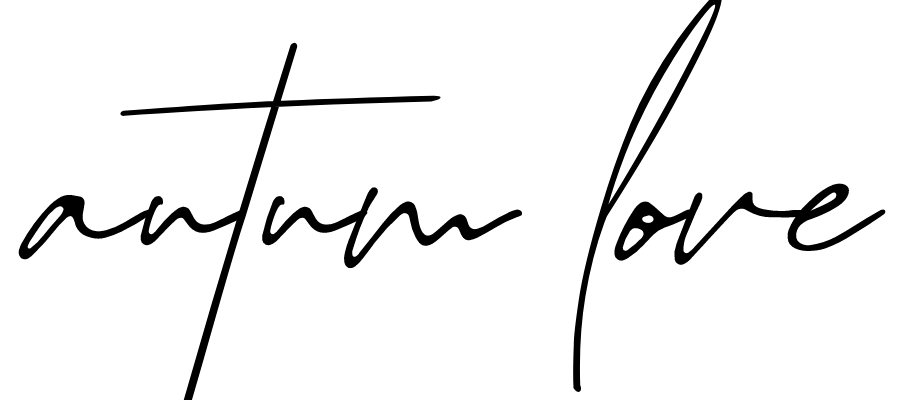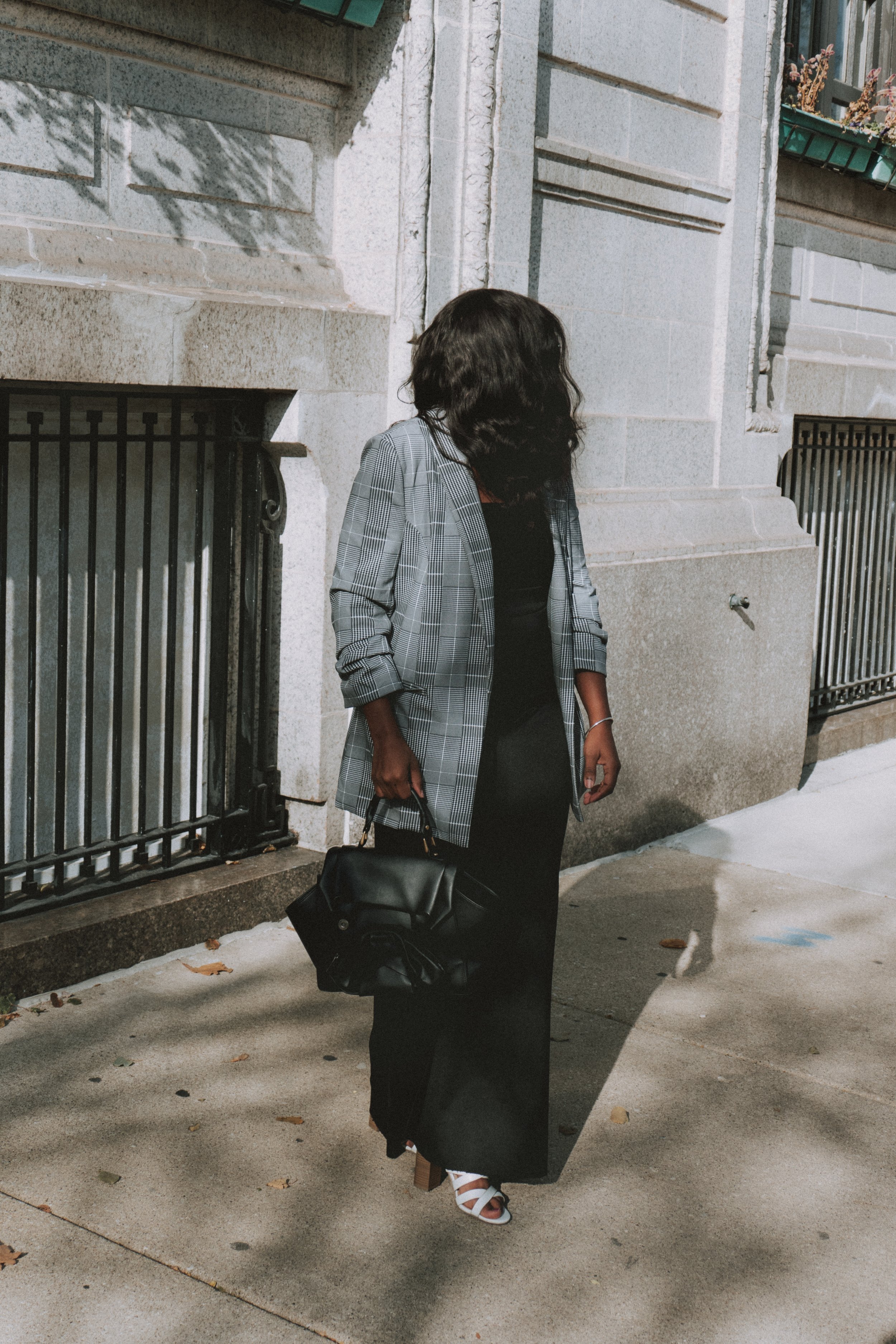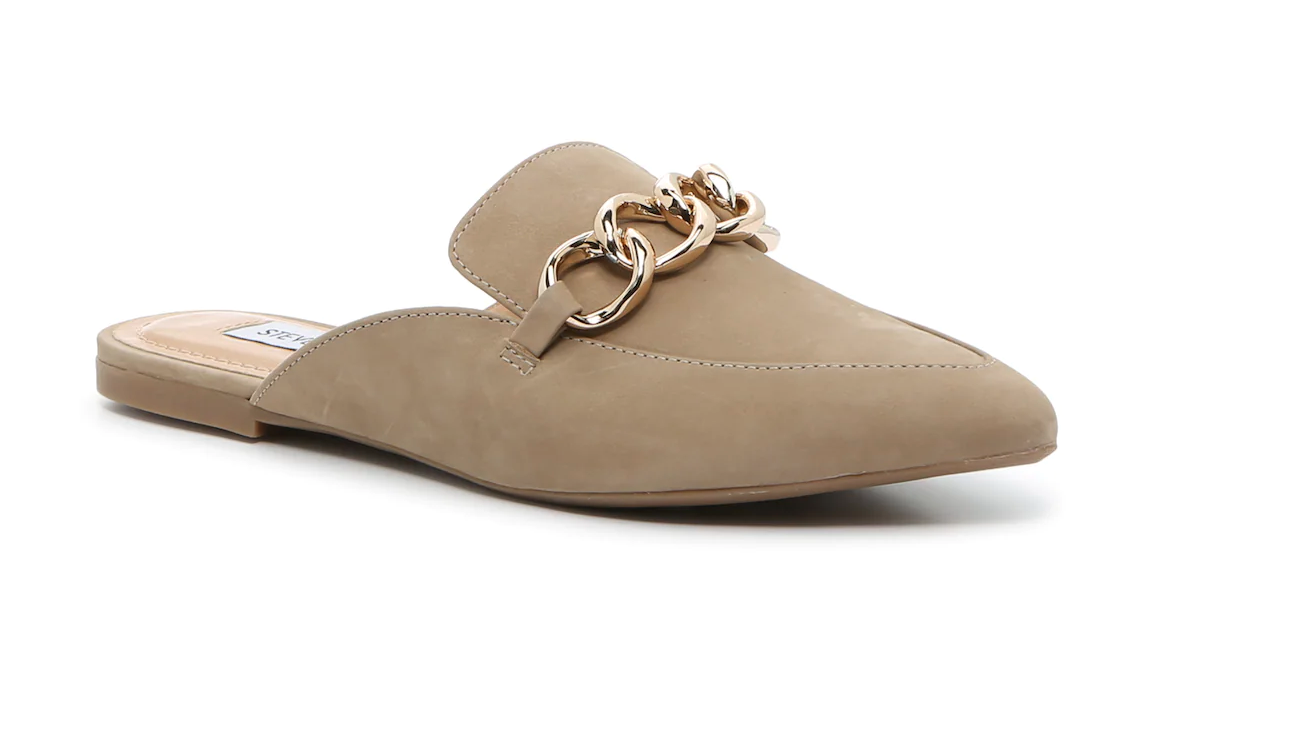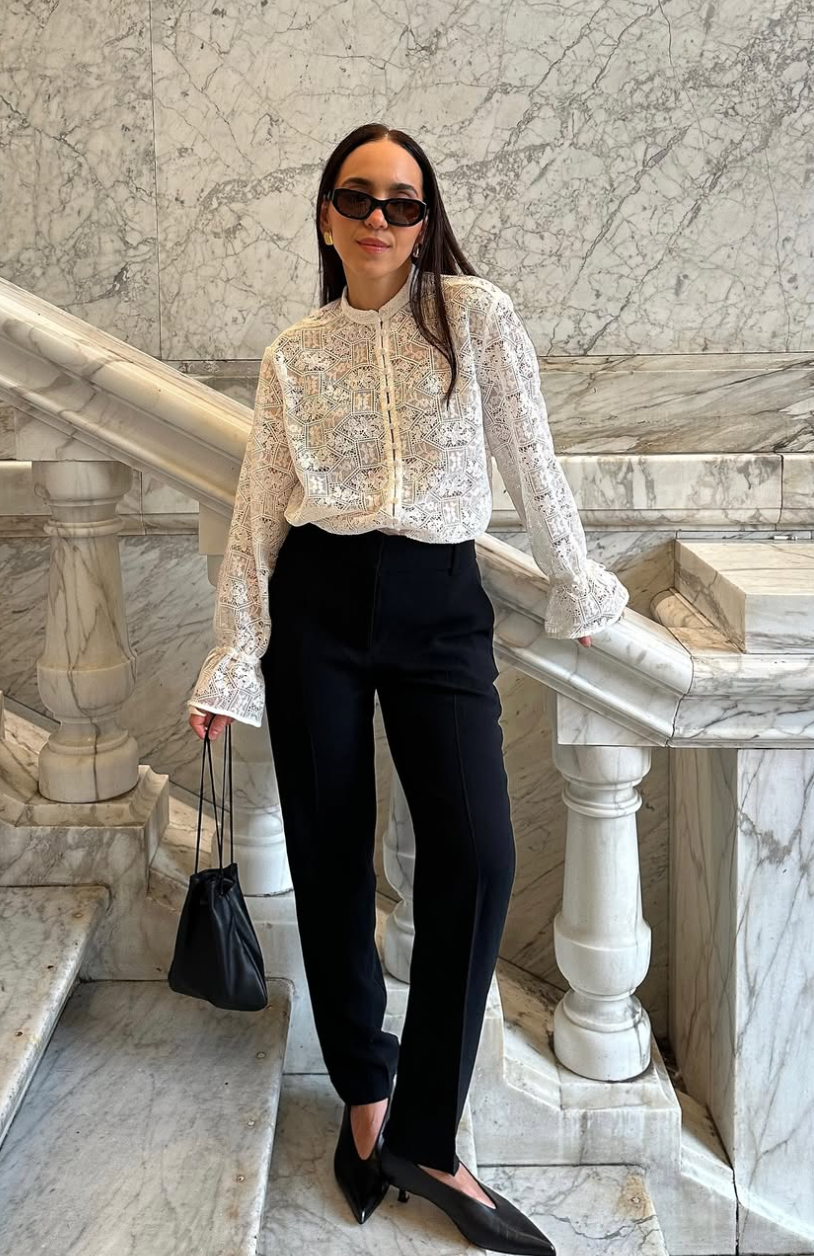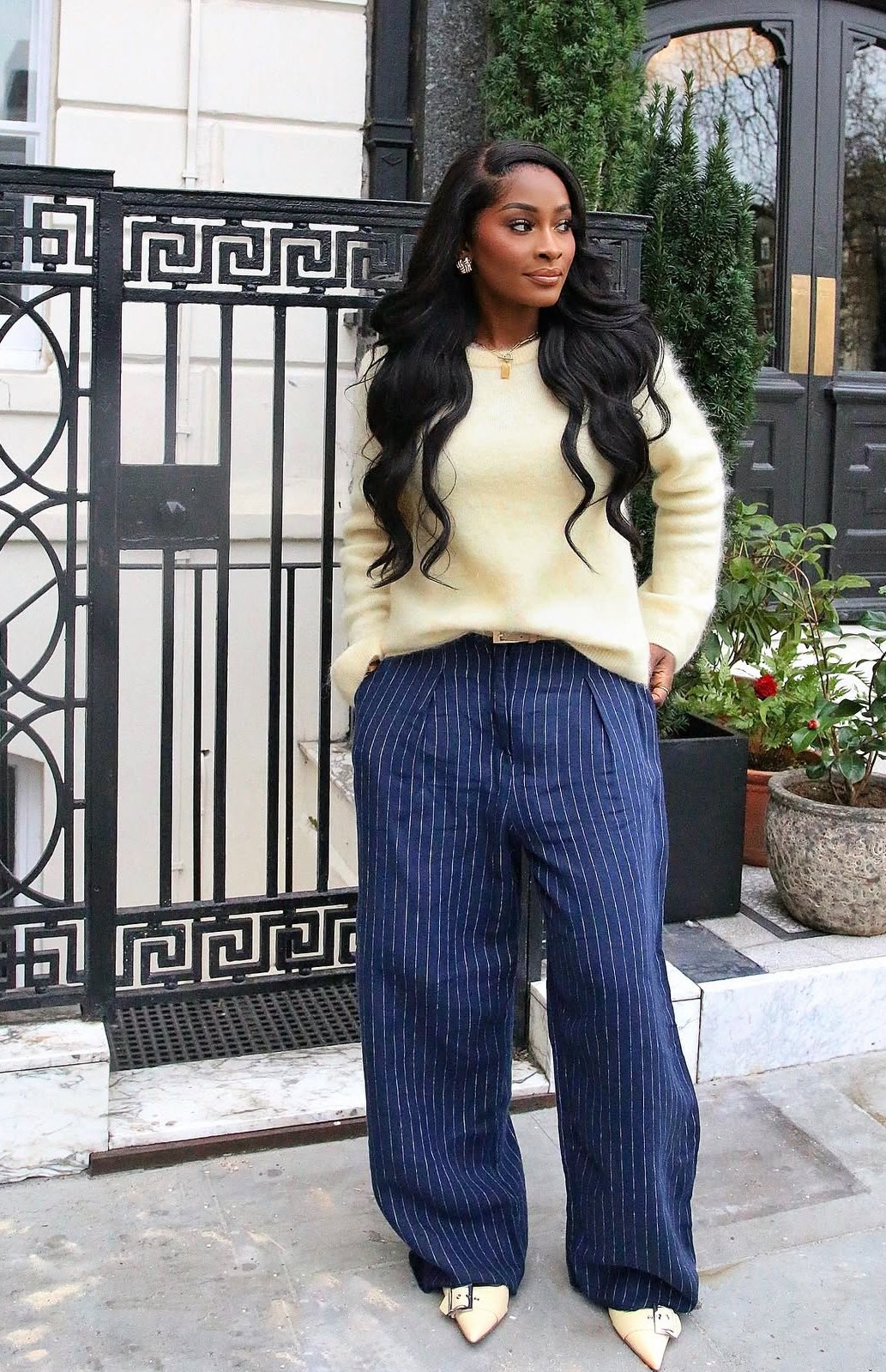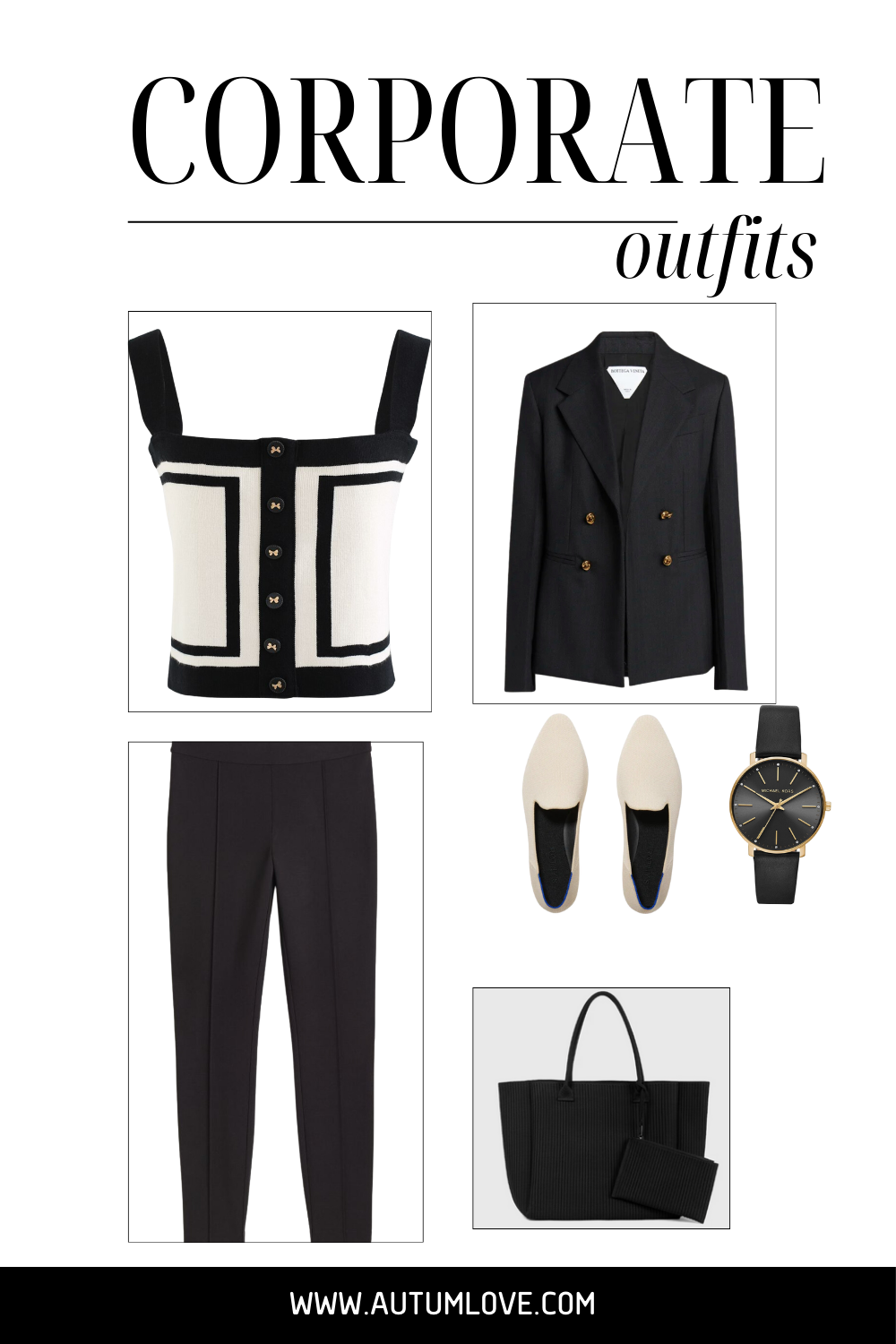What To Wear To A Job Interview
Making that stellar first impression in your next job interview isn't just about rehearsing answers to potential questions; it's equally about presenting yourself visually in a way that speaks professionalism and preparedness. As we step into 2024, the traditional norms of interview attire are evolving, especially for women, making it crucial to strike the right balance between professional attire and personal style.
The concept of "business casual" has broadened, extending beyond the classic button-down shirt and dress pants duo. Neutral colors remain a safe bet, lending an air of sophistication and focus, allowing your skills and personality to shine without the distraction of bright colors or overly casual clothing. It's about matching the company culture, a detail often gleaned from the company's website or their social media presence, ensuring you align with their professional ethos from the get-go.
For in-person interviews, a tailored suit or a knee-length skirt paired with a well-fitted blazer can set a professional tone. In more casual environments, dark jeans with a dress shirt or a polished polo shirt might be the right outfit, balancing professionalism with the company's laid-back vibe. Shoes, too, play a pivotal role; dress shoes or neatly polished boots can round off the look, keeping it sharp and cohesive.
In the era of remote work and virtual interviews, the rules slightly shift but remain grounded in the principle of professional presentation. Even if the interview is online, dressing as you would for an in-person meeting is a good rule of thumb, ensuring you're perceived as serious and committed. Opt for a solid color top that contrasts well against your background, maintaining a professional image even through the screen.
Understanding the company's dress code, be it through their website or during the interview process discussions, can guide you toward the appropriate interview attire. Whether it's a formal business environment demanding a business suit and a subtle choice of clothing or a creative space where you can express more personal style while keeping it professional, the key is to adapt while maintaining a polished image.
As we navigate different dress codes from formal attire in traditional corporate settings to more relaxed casual wear in creative or service industries, the essence lies in choosing the right clothes that not only respect the potential employer's expectations but also make you feel confident and comfortable. After all, the right outfit can not only influence the hiring manager's first impression but also boost your confidence, allowing you to put your best foot forward in securing your dream job.
Before you step into your next interview, whether it's a formal sit-down or an online job interview, remember that your choice of attire is a crucial part of the interview equation. It speaks volumes before you even answer the first question, setting the stage for a successful interaction and, hopefully, a step closer to landing that role you've been eyeing.
Grab our 30-Day Work Outfit Calendar and stop second-guessing your closet. It’s filled with outfit formulas you can copy with clothes you already own.
Understanding Interview Dress Codes
Navigating the nuances of interview dress codes can feel like decoding a complex language, especially when each industry seems to have its own set of rules. Let's break down what's expected across different professional landscapes, ensuring you're dressed for success, no matter where your career aspirations lie.
Classic Corporate
In the realm of traditional corporate interviews, the dress code skews towards the formal side. Here, a tailored suit is your best ally, acting as a uniform that conveys seriousness and professionalism. Women should opt for a well-fitted business suit, preferably in conservative colors like navy, black, or gray. The goal is to project an image of reliability and attention to detail, so keep accessories minimal—a subtle pair of earrings, a watch, or a simple necklace can complement your outfit without causing distraction. Remember, in corporate settings, it's better to err on the side of caution and stick to more formal options.
Business Casual
The term 'business casual' can sometimes feel like a gray area, but it essentially bridges the gap between formal wear and casual outfits. For women, this could mean pairing a blazer with dress pants or a knee-length skirt, accompanied by a smart blouse or a button-up shirt. Colors and patterns can be a bit more varied in business casual attire, but it's still wise to lean towards understated options that maintain a professional look. Think of business casual as an opportunity to introduce a bit more of your personal style into your outfit while keeping the overall vibe professional.
Creative Fields
Interviews within creative industries allow for more flexibility in terms of attire, welcoming a dash of personal expression. While professionalism remains key, you're encouraged to showcase your individuality through your outfit choices. This could mean opting for unique accessories, tasteful pops of color, or statement pieces that reflect your creative sensibility. However, it's crucial to strike a balance—your outfit should hint at your creativity while still adhering to professional standards. A smart dress paired with an artistic accessory or a well-cut jumpsuit can serve as excellent choices for creative field interviews.
Start-Up Casual
The start-up and tech worlds often embrace a more casual approach to interview attire, reflecting their innovative and relaxed work culture. However, 'casual' doesn't mean showing up in weekend wear. Aim for smart-casual outfits that are comfortable yet put-together. A pair of dark jeans paired with a crisp polo shirt or a smart blouse can hit the mark, especially when complemented with a blazer or a cardigan. Footwear should also be neat and polished, even if you're opting for sneakers. The key here is to appear approachable and adaptable while still showing respect for the interview process.
By understanding the expected attire for each type of interview setting, you can tailor your outfit to suit the occasion, ensuring you make a positive impression right from the start. Remember, the right outfit not only speaks volumes about your professionalism but also boosts your confidence, setting the stage for a successful interview.
Key Pieces for Interview Attire
When it comes to assembling your interview wardrobe, certain key pieces serve as the foundation for creating an array of polished looks. Let's delve into these essentials, from the power of a well-tailored suit to the versatility of the perfect blouse, ensuring you're well-equipped for any interview scenario.
The Best Suits and Blazers For A Job Interview
A sharp suit or a well-fitted blazer is a cornerstone of professional interview attire. For suits, opt for classic, versatile colors like navy, charcoal, or black that can be mixed and matched with different blouses or tops. A blazer, on the other hand, can elevate a more casual outfit, adding a layer of polish to business casual or creative interview looks. When selecting these pieces, pay close attention to fit—shoulders should sit neatly, and the length of sleeves and trousers should be just right. Tailoring can make all the difference in achieving that custom-fit look, showcasing your attention to detail.
This nude blazer is the perfect cut it’s more on the fitted size, if you aren’t a fan of oversized blazers then this is the one to add to your closet It also comes in 6 other colors.
If you are looking for something to cinch in your waist. This blazer could also work. You can even dress this down with a pair of bootcut jeans and heels.
A houndstooth blazer is a great classic item that you can wear to your interview. If you don’t have a blouse go for a classic white tee, black denim jeans along with a pair of mules or heels.
The Best Blouses and Tops For A Job Interview
The right blouse or top can set the tone for your entire outfit. For more formal interviews, a button-down shirt in a solid color presents a crisp, classic choice. In less formal settings, you can introduce subtle patterns or softer fabrics like silk or chiffon to add a touch of personality while maintaining professionalism. Regardless of the style, ensure your top fits well without being too tight or too loose, and opt for modest necklines that keep the focus on your qualifications.
Depending on the company culture at your job interview will determine if this top is appropriate. However, this top will work perfectly for a business casual look. Simply pair it with a pair of black trousers.
Another top that isn’t a button up. However, the material still gives that appearance of a classic button up blouse. This would pair well underneath a blazer and with wide leg pants.
Smock Waist Top- If paired right to will also work for a job interview. It does cinch in at the waist. So you want to make sure that you either wear high waisted pants or wide leg pants so that your midriff will not show.
The Best Bottoms For A Job Interview
The choice between pants and skirts largely depends on personal preference and the specific dress code of the company. Dress pants should be tailored to avoid any bunching or dragging, creating a sleek silhouette. When choosing skirts, aim for knee-length styles that offer both comfort and coverage, allowing you to sit and move with ease during the interview. Fabric choice is also key—look for materials that resist wrinkling and maintain their shape throughout the day.
Khaki Flare Pants- These pants are not only stretchy and comfy to wear to a job interview, But they are also comfortable enough to add to your workwear collection. If your are tall and pants similar to this are always short on you, Old Navy also sells them in a tall length.
Grey Highwaist Skinny Pixi Pants- Now if you are a leggings type of girl. These pants have the look of classic trousers and the feel of leggings.
Accessorizing Your Interview Outfit
Accessorizing your interview outfit is like adding the final brush strokes to a masterpiece; it's all about enhancing the overall look while maintaining a professional and polished appearance. Let's explore how to choose the right accessories to complement your interview attire.
Shoes
The right pair of shoes can complete your outfit and leave a lasting impression. For a classic and professional look, opt for closed-toe pumps or low-heeled shoes in neutral colors like black, navy, or nude. These choices blend style with comfort, ensuring you remain poised and comfortable throughout the interview process. In more casual or creative settings, well-maintained flats or even sophisticated ankle boots can be appropriate, as long as they're clean and in good condition. Remember, your shoes should not only complement your outfit but also be practical for navigating your interview location.
Even the reviews say great for a job interview. I also think these are super cute to wear if you work in an office setting and you won’t be on your feet for long periods of time.
Aldo is one of my favorite brands to shop for for stylish and trendy shoes. But, they also have high quality classic shoes as well. If you want to keep it simple go for a classic black flat. I mean you can’t go wrong.
Classic Brown Pointed Toe Heels
If you don’t have a ton of dressy clothing options and you do have pair of heels styled like this, then you can wear these heels paired with a basic tee, tailored trousers, and even a cardigan.
Bags and Portfolios
A professional bag or portfolio is not just a functional accessory to carry your resume and other essentials; it's also an extension of your professional image. Choose a structured tote, briefcase, or portfolio in a quality material like leather or a leather alternative. Stick to classic colors that match or subtly contrast with your outfit, avoiding overly bright or distracting designs. Ensure your bag is spacious enough to neatly store your documents and personal items, but not so large that it becomes cumbersome during your interview.
Jewelry and Watches
When it comes to jewelry and watches, the key is subtlety. A pair of small stud earrings, a delicate necklace, or a classic watch can add a touch of elegance to your outfit without drawing too much attention. Avoid large, flashy pieces or anything that jingles or distracts during conversation. Your accessories should enhance your professional demeanor, not overshadow it. For watches, consider a simple, elegant design that reflects punctuality and attention to detail—a subtle nod to your professionalism.
In accessorizing for your interview, the goal is to complement your chosen outfit and convey a polished, professional image. Each accessory should serve a purpose, either functional or aesthetic, and work harmoniously with the rest of your attire to create a cohesive look. With the right accessories, you'll not only look the part but also feel more confident and prepared to tackle your next job interview.
Adapting Your Outfit to Different Interview Types
Whether you're engaging through a screen, sitting before a panel, or meeting in a more laid-back setting, your outfit plays a crucial role in setting the tone.
Virtual Interviews
In the digital age, virtual interviews have become a staple. While the focus may primarily be on your upper half, it's essential to maintain an aura of professionalism from head to toe. Opt for a well-fitted blouse or blazer in solid colors or with minimal patterns to avoid visual distractions on camera. Ensure your lighting compliments your outfit, casting you in the best light possible. Even though you might be tempted to go casual with the parts that aren't visible on screen, dressing fully can put you in the right mindset, making you feel prepared and professional throughout the conversation.
Panel Interviews
Facing a group of interviewers can be daunting, and your outfit choice can play a significant role in boosting your confidence. Choose an ensemble that's not only professional but also comfortable, allowing you to focus on the questions rather than adjusting your attire. A tailored suit or a smart dress paired with a blazer can convey confidence and respect for the panel. Consider layers; a sleek cardigan or blazer can provide versatility, allowing you to adjust for the room's temperature and maintain comfort throughout the interview.
Informal Meetings
When the setting is less formal, like a coffee shop meet-up, the line between casual and professional can blur. The key is to lean towards smart-casual, ensuring you appear approachable yet serious about the opportunity. A pair of dark jeans paired with a crisp blouse and a blazer can strike the right balance. Alternatively, a casual dress paired with modest accessories and a pair of neat flats can also fit the bill. Remember, even in informal settings, every detail from your outfit to your demeanor contributes to the impression you leave.
For those looking to dive deeper into the art of professional dressing, our "Professional Outfits for Women Guide" is your ultimate resource. Packed with curated outfit ideas and styling tips, this guide is designed to take the guesswork out of what to wear for that all-important interview or meeting. Grab your copy here and start crafting interview looks that speak volumes of your professionalism and style.
For more style in the workplace tips, be sure to explore our entire series here. From navigating dress codes to finding your unique professional style, our series is brimming with advice, inspiration, and fashion-forward thinking to empower your career journey.
Disclaimer: This blog post was originally published on August 5, 2022, and has been updated for accuracy and comprehensiveness on February 13, 2024.
